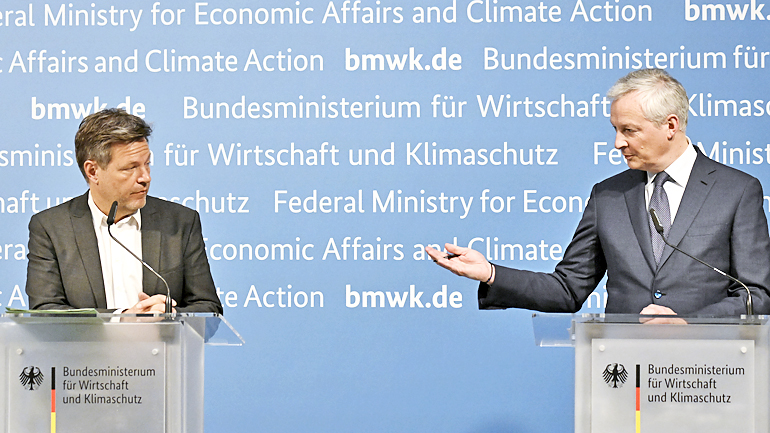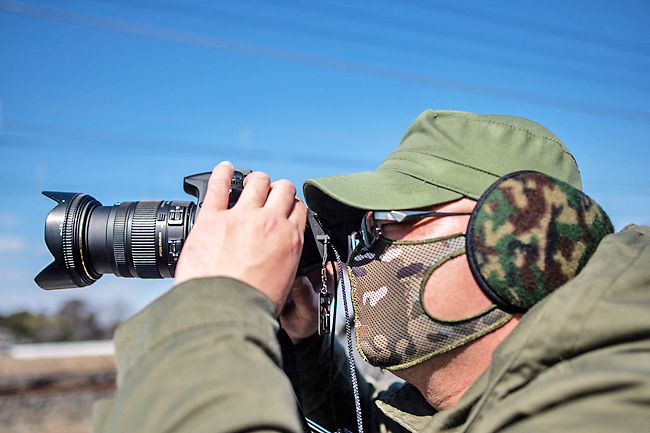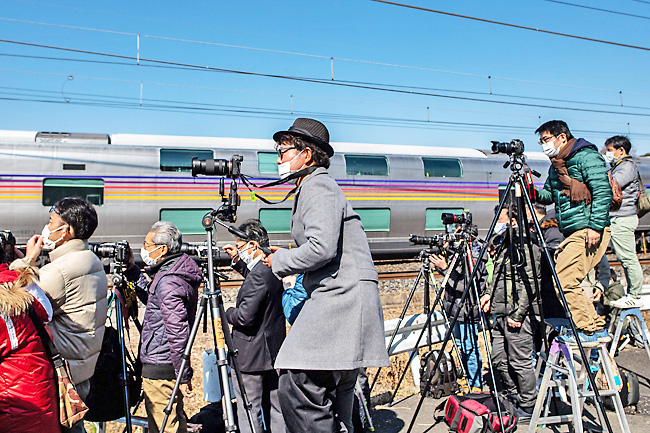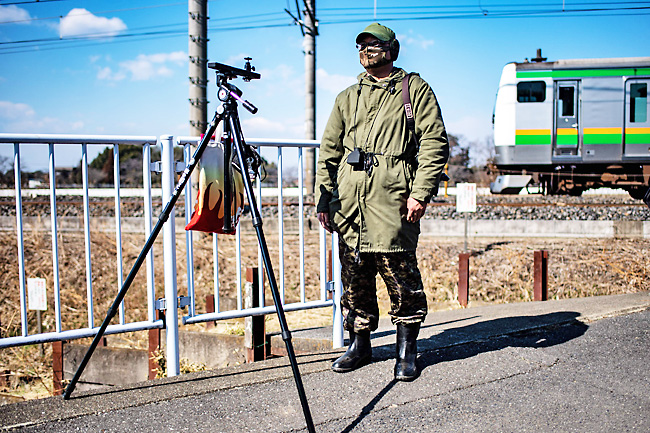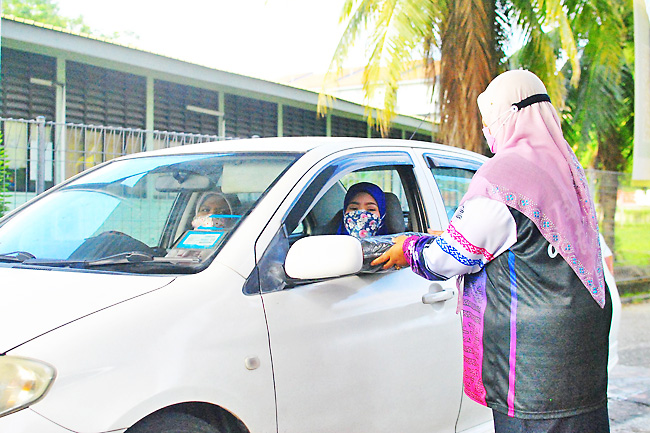Vivian Shaw
THE WASHINGTON POST – Peng Shepherd’s The Cartographers is, at its heart, about three things: family, found and otherwise; how much of one’s life can be built and balanced on a single lie; and the transformative nature of cartography.
Its examination of this last aspect is what takes the book from an enjoyable, fast-paced (and fantastical) thriller to something you want to put down and think about before rereading it – snarling viciously at anyone who tries to pick it up before you can get that second pass.
It’s brilliant.
One of the triumphs of The Cartographers is the exploration of what it means to make a map.
Does the act of surveying, measuring, drafting and drawing the map affect the landscape it represents?
Is it possible to map something without altering it in the process?
How accurate can any map be, given that it only represents a snapshot of that landscape at one point in time, and to what extent does this matter?
The Cartographers explores these questions with deep, vivid intensity; it will make you think twice about the power of paper maps, especially in a world where they’ve been supplanted by electronic devices.

Nell Young’s passion is cartography. Intelligent and accomplished, she’d been poised to follow in her father’s footsteps as the second Dr Young, dedicated to the study and restoration of historic maps at the New York Public Library.
That career, along with Nell’s relationship with a fellow cartographer, was shattered in a screaming argument with her father seven years ago over the authenticity of three maps.
Fired from the library and blacklisted in academia, she’s reduced to photoshopping water stains onto prints of historic maps at Classic Maps and Atlases™ in Brooklyn to make rent.
Then her father is found dead in his office at the library, and in a secret compartment of his desk, Nell finds a battered, 90-year-old gas station road map – one of the very questionable maps that had sent her packing seven years ago.
The mystery deepens when she discovers that this map is an incredibly rare and sought-after collector’s item that’s described by other institutions as ‘missing’, ‘destroyed’ or ‘stolen’.
As Nell wades further into her investigation, with the help of her ex-boyfriend Felix, she reconnects one by one with the members of a mysterious – and sinister – organisation known as the Cartographers.
They turn out to be friends of Nell’s parents from their university days who remember Nell as a toddler.
Shepherd gives us the backstory in individual flashbacks from the perspectives of several Cartographers, handling the segues so smoothly that the shifts back to Nell’s current point of view slip past like silk.
At first the huddled secrecy of the group seems excessive, but as events unfold, it becomes clear that everything they have done, and everything Nell’s father did to her on that awful afternoon, has been to keep Nell safe.
The gas station map hides – in plain sight – a secret valuable enough to kill for, which throws into question the entire structure of reality: Is the act of printing a thing on a map enough to bring it into existence?
Could drawing a door, or a room, or a staircase on a map create one?
Nell is drawn into an increasingly dangerous sequence of events that sheds light on the secrets within secrets that surround her mother’s death decades earlier.
In the process of confronting what really happened and the covert, decades-long quest to find a way back to what was lost, the decision is up to Nell whether to change fate or to be swept along with it.
Shepherd, also the author of The Book of M, nails the sense of deep-seated, profound connection and love between a small group of people drawn together by shared experience and interest, creating an intense familial bond.
The Cartographers met in college and stayed connected through doctoral study and work, pushing each other to far greater heights than they’d have managed academically and personally on their own.
“I thought we were going to be friends forever,” one of the Cartographers recalls. “I thought nothing could tear us apart.” The tragedy of the book is what happens to that bond – and why.
The Cartographers is both beautiful and intellectual, and Shepherd sticks the landing in a deeply satisfying fashion, echoing Edmund Spenser: “For there is nothing lost, that may be found, if sought.”



